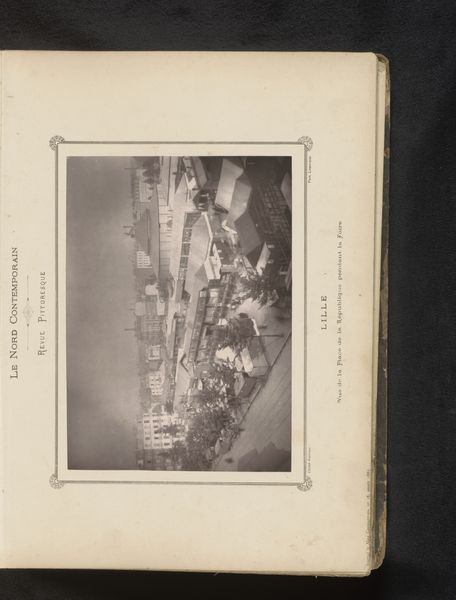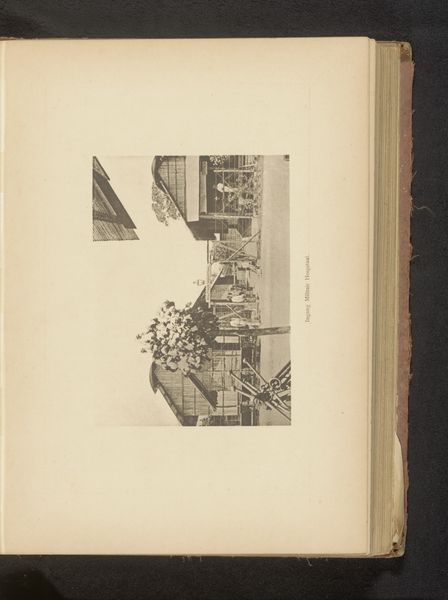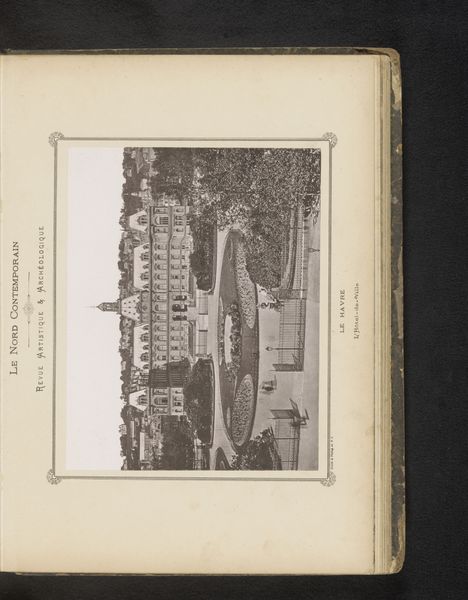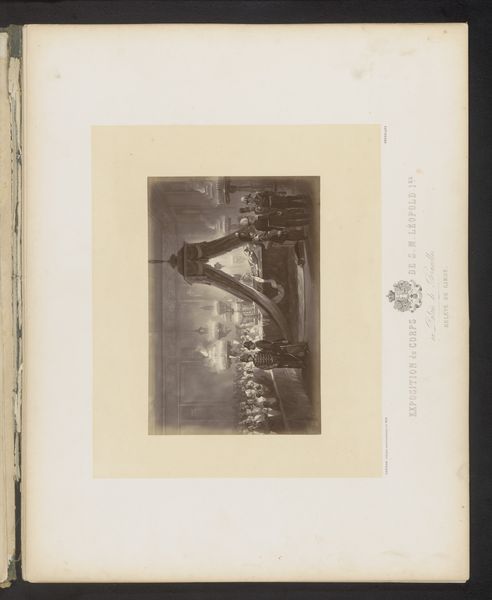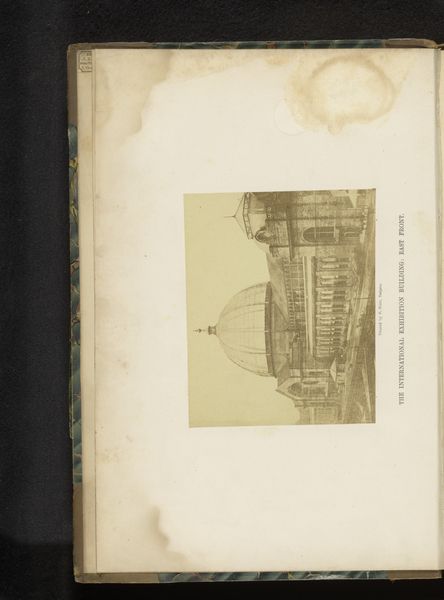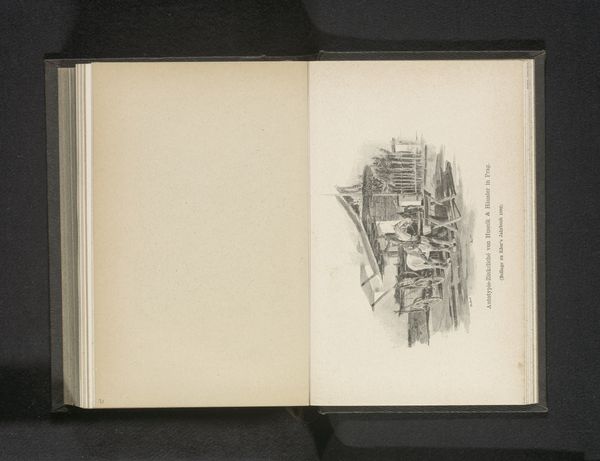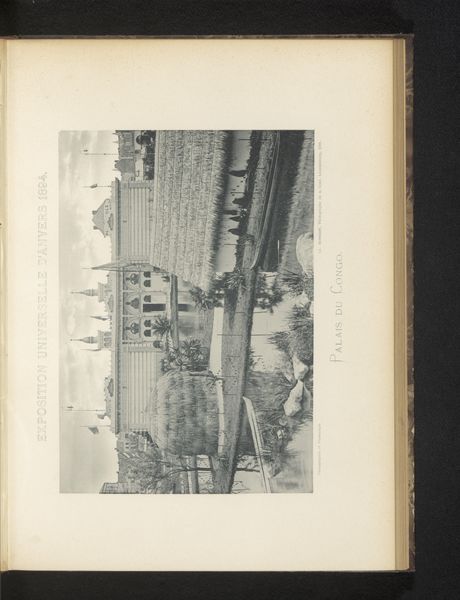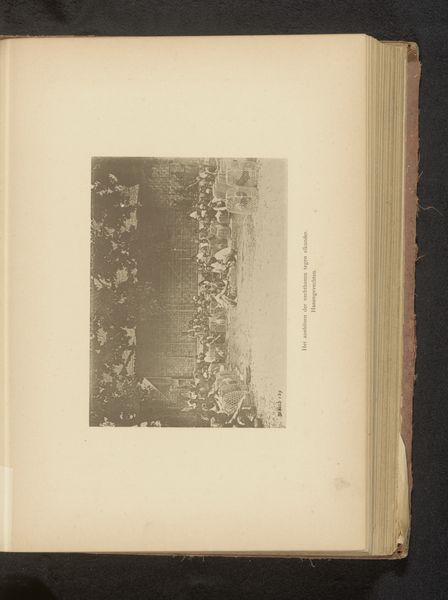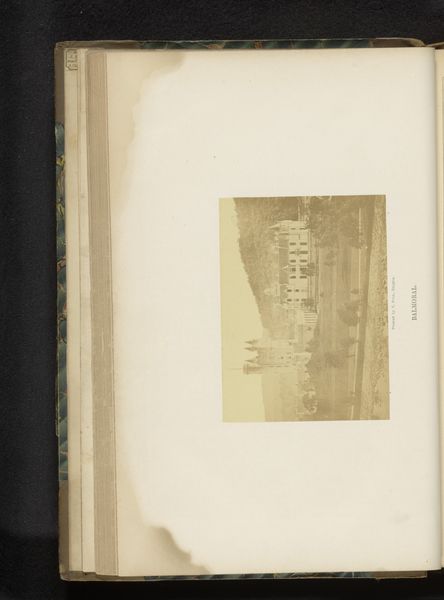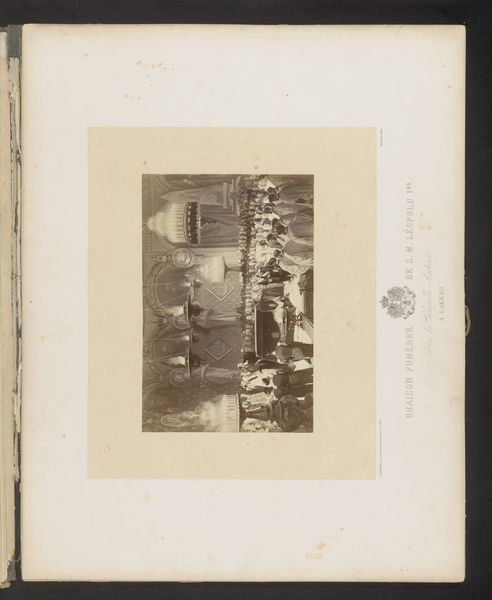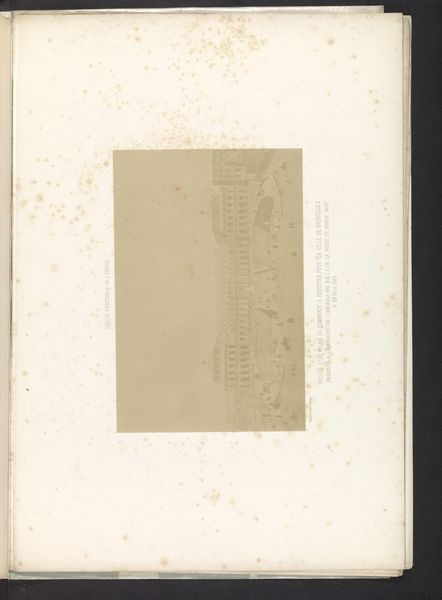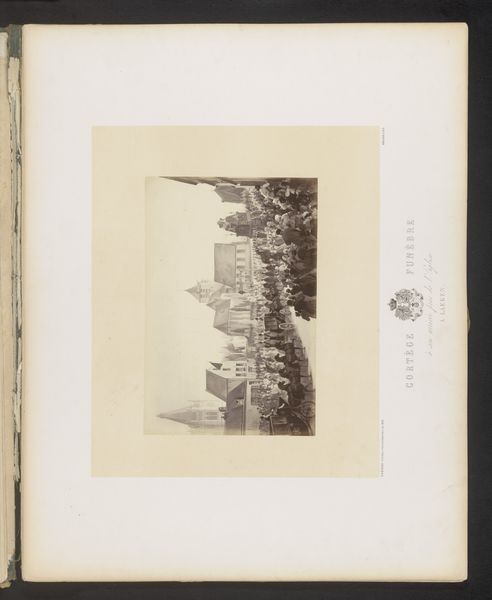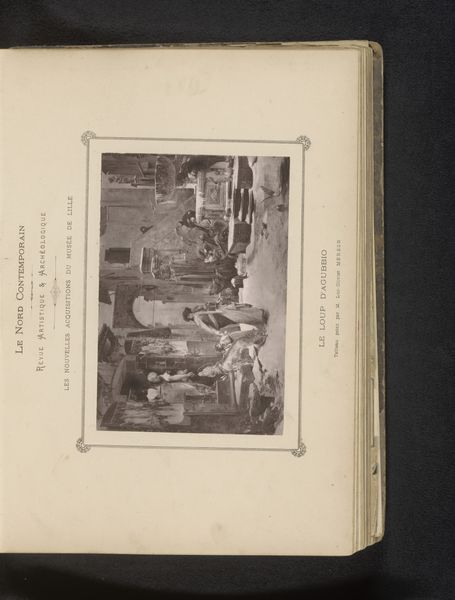
print, photography
#
pictorialism
# print
#
photography
#
cityscape
#
realism
Dimensions: height 160 mm, width 220 mm
Copyright: Rijks Museum: Open Domain
Curator: Here we have a print titled "Gezicht op Brussel," meaning "View of Brussels," created before 1886, part of a broader artistic review of the era. My immediate reaction is how gray and imposing it seems. A definite exercise in monochromatic architectural detailing. Editor: Grayness in prints is very telling, pointing to the specific materials utilized and to the socioeconomic implications embedded within their making and circulation during the late 19th century. These images weren’t made in isolation. Consider who commissioned, consumed, and even profited from views such as this one? Curator: Precisely! I mean, look at the formal elements at play. The way the eye is drawn upwards by the sharp steeple, and how the composition emphasizes geometric lines contrasted against the softer rooflines. How might that connect to contemporary aesthetic theories? Editor: Absolutely, we might look deeper and see beyond aesthetics! Those buildings were not just forms. Their construction relied on specific industries. And if it was printed for wide circulation, how does that distribution mechanism impact Brussels as a modern industrial center, as viewed by Europe and beyond? What specific urban narratives did such depictions contribute to, or obscure? Curator: I find myself focusing on the density depicted in the urban landscape itself, creating a rich interplay of shadow and light, suggesting depth and a palpable atmosphere. There's something undeniably compelling about the rigorous structure of the buildings shown here. Editor: What truly engages me is imagining the human labor involved. Think about the hands of the photographic artisans working to produce the image and all those prints, contrasted by what their image left out or highlighted. The social context in which that cityscape operated, both literally and symbolically, is paramount! Curator: Considering all aspects of the era's industrial conditions helps further contextualize artistic creation of that era. Editor: Seeing art this way adds layers. The cityscape goes from just a visual delight to being part of this deep story about labor, distribution, and shaping modern ideas.
Comments
No comments
Be the first to comment and join the conversation on the ultimate creative platform.
